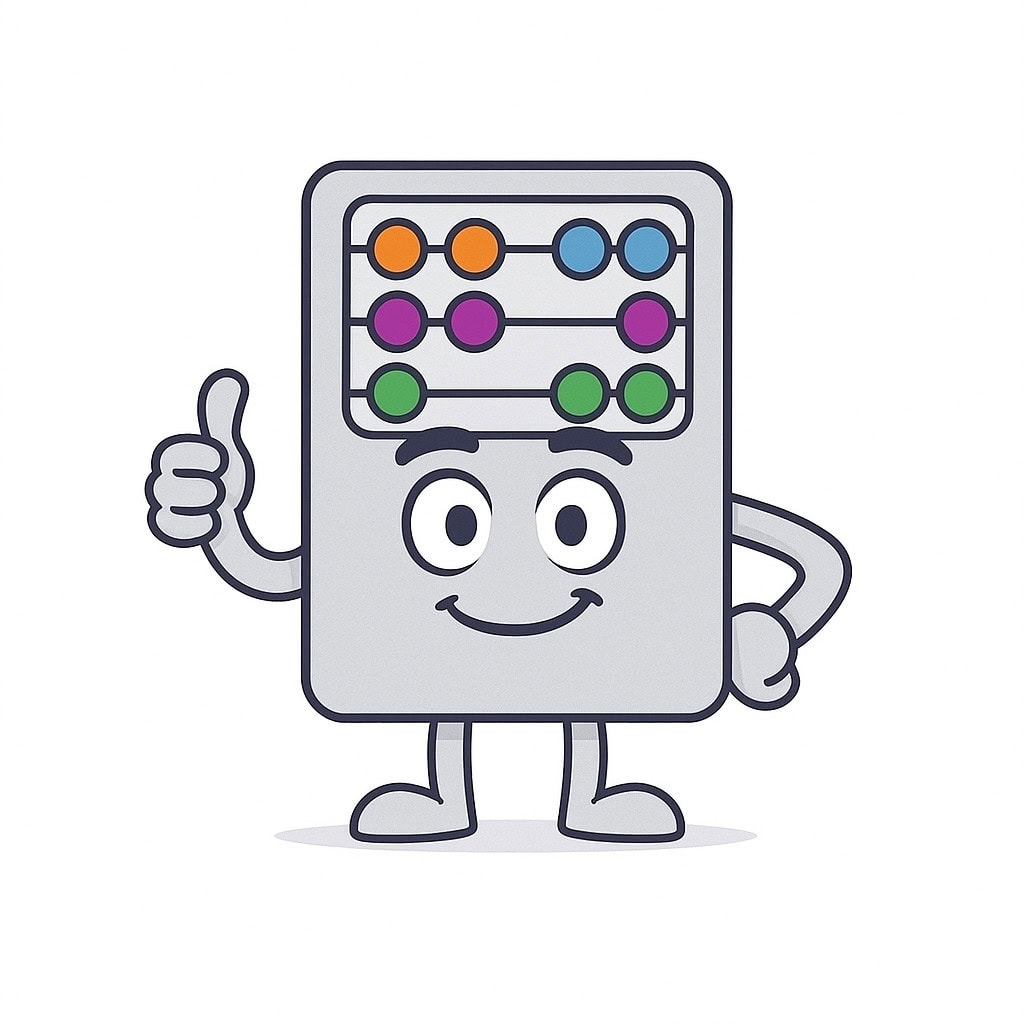Tax is going digital and for many businesses, that brings both opportunities and challenges. Making Tax Digital (MTD) is a government-led initiative designed to modernise the UK tax system. It aims to make tax administration more efficient, accurate, and easier for businesses and individuals to manage. If your business still relies on manual processes or spreadsheets, it’s important to understand how MTD will affect your day-to-day operations – and how to prepare.
Here’s a straightforward breakdown of what Making Tax Digital involves, and how you can get ahead of the changes.
What Is Making Tax Digital?
Making Tax Digital is HMRC’s plan to digitise the tax system. The goal is to replace traditional paper-based methods with digital record-keeping and online tax submissions, reducing errors and making the tax process more transparent.
Key Objectives of MTD
Improved Accuracy – Digital records reduce the risk of human error linked to manual entries.
Simplified Compliance – The process of filing and managing tax becomes more straightforward through compatible software.
Real-Time Financial Insights – Having up-to-date digital records helps businesses understand their financial position more clearly.
How Does It Work?
Under MTD, businesses must use accounting software that is compatible with HMRC’s system. This software is used to keep records and submit tax returns directly to HMRC – meaning spreadsheets and handwritten notes are no longer enough.
Steps to Get Started
Choose MTD-Compatible Software – Pick software that meets HMRC’s requirements and fits your business needs.
Keep Digital Records – Log all financial transactions digitally within your chosen platform.
Submit Returns via Software – Send your tax information directly to HMRC through the software.
How Will It Affect Your Business?
Accounting and Bookkeeping
You’ll need to move away from paper or spreadsheet-based systems and start using recognised accounting software. This may involve investing in new tools and ensuring your data is accurately entered and maintained.
Tax Filing and Compliance
You’ll now submit tax returns through digital platforms, meaning familiarity with the software is essential. It’s a good idea to get support early on to ensure everything runs smoothly.
What Are the Benefits of Making Tax Digital?
Greater Efficiency – Digital records save time, reduce paperwork, and streamline your tax admin.
Fewer Errors – Automation cuts down on mistakes, which lowers the risk of penalties or audits.
Better Financial Visibility – Real-time data helps you stay in control of your business finances.
What Are the Challenges?
Initial Setup Costs – You may need to purchase software and train your team, but these are often one-off costs that lead to long-term savings.
Learning Curve – Adapting to new systems can take time. That’s why support and training are essential during the transition.
Need Help Making the Move to Digital?
At GMS Accountants, we support businesses through every stage of the transition to Making Tax Digital. From choosing the right software to handling submissions, we’ll make sure you stay compliant with no stress and no surprises. Get in touch with Graham for a friendly, no-obligation chat about how we can help you go digital with confidence.
